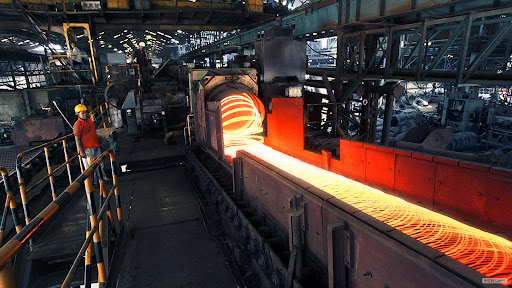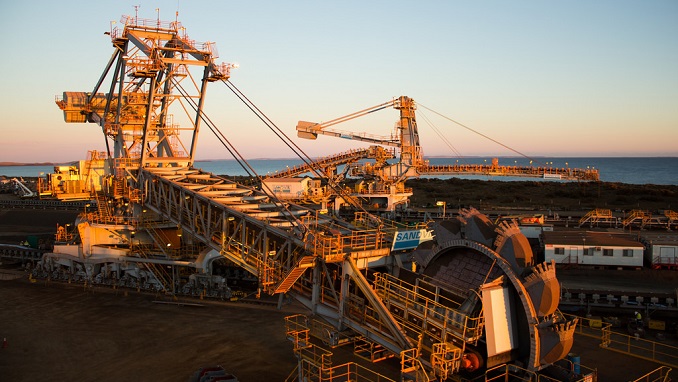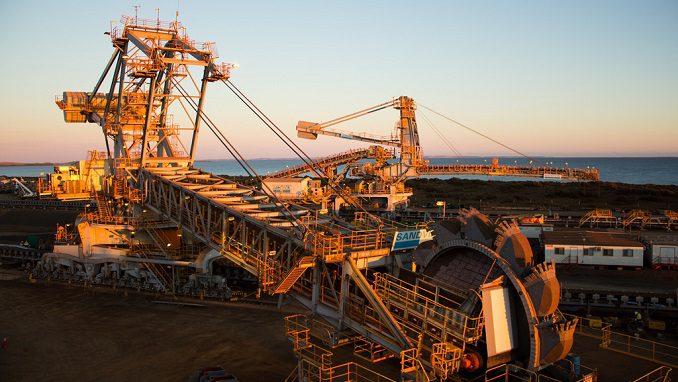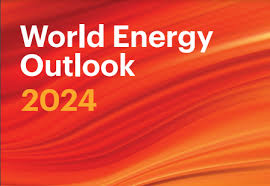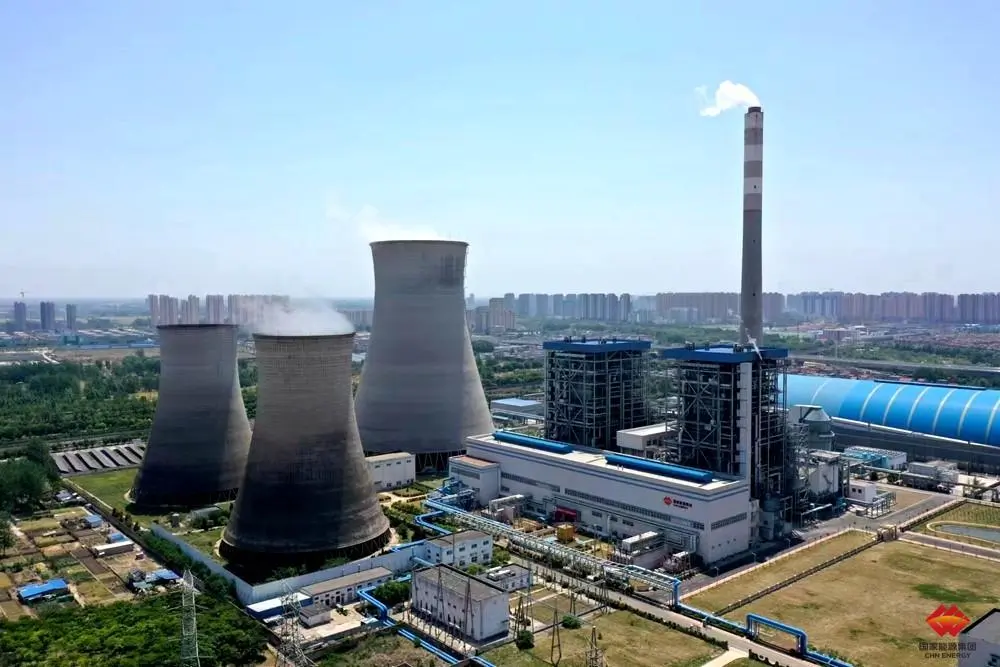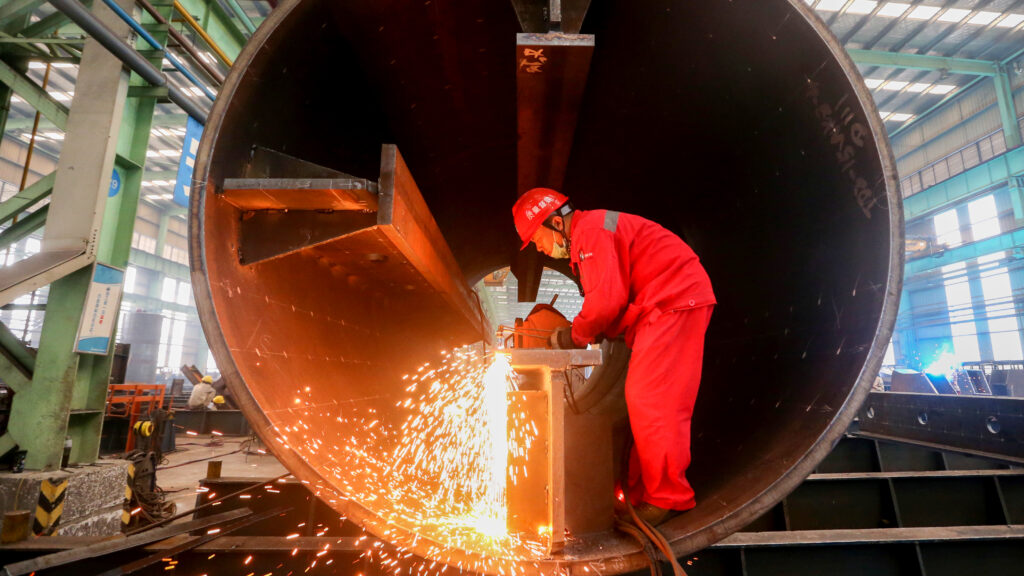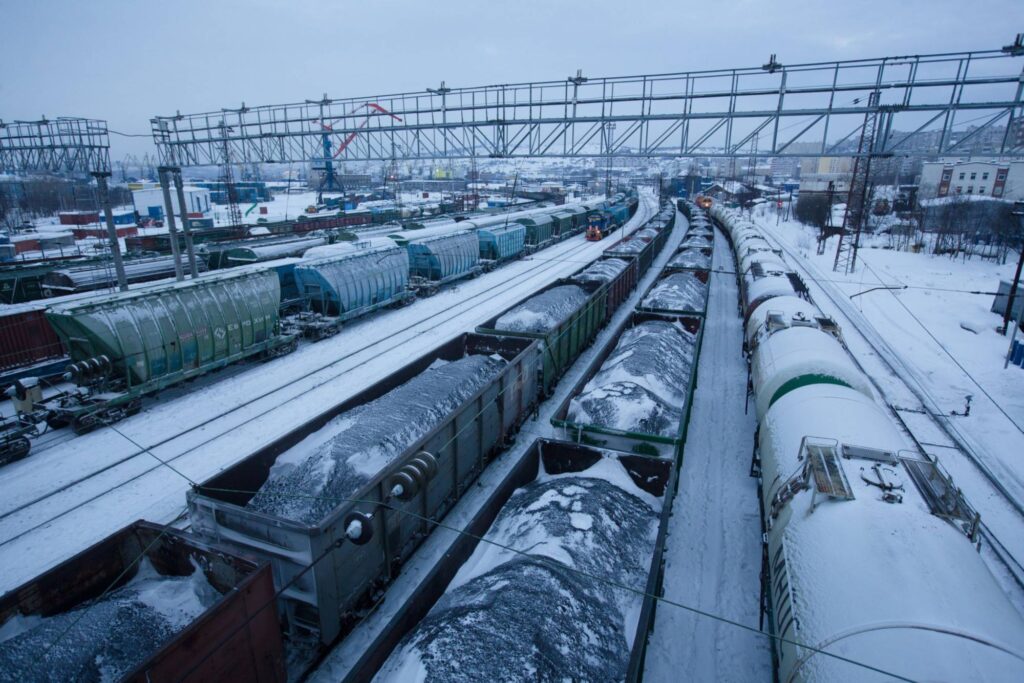Chinese buyers’ interest in imported thermal coal cargoes is likely to be easing from last year’s highs in 2024, as they will need to reassess the cost-effectiveness of overseas cargoes this year due to China’s latest adjustment on coal import duties, and foreign miners’ slowed coal production growth and meagre profits may also cap their exports of the fuel, according to Mysteel’s latest annual report on the commodity.
China has reinstated its import tariffs on coal of most origins, starting from January 1, 2024. Under the new policy, thermal coal exporters in Russia and Mongolia, China’s main suppliers of the fuel, may have to lift their offering prices to pass their higher costs incurred by a 6% tax rate down to consumers, as Mysteel Global reported.
This implies that China’s thermal coal imports from Russia and Mongolia may undergo uncertainties this year, the report said. The two countries together made up around 21% of China’s total thermal coal imports over January-November 2023, Russia 17% and Mongolia 4%, Mysteel Global calculated based on data from China’s General Administration of Customs (GACC).
In 2023, Chinese end-users became keener on seeking cheaper thermal coal cargoes from overseas markets as they had to cut fuel costs in the context of the country’s slower-than-expected economic recovery.
This led to record high thermal coal intakes by China last year. Imported thermal coal, with prices falling faster than domestic cargoes, became more attractive for Chinese users, according to the report.
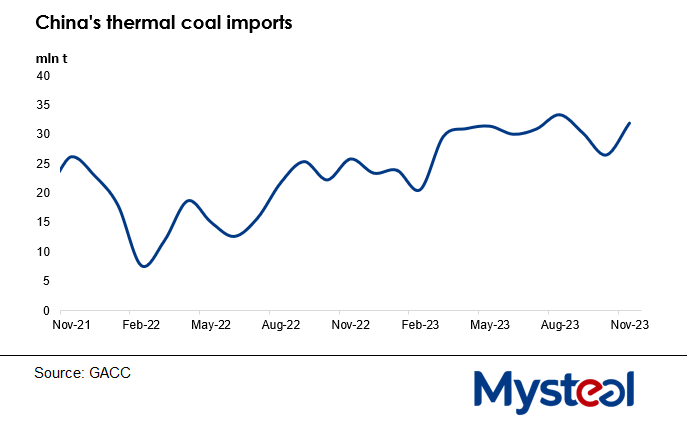
For example, the FOB price of Indonesian 3,800 kcal/kg NAR coal under Mysteel’s assessment averaged $64.7/tonne last year, down by a significant $24.4/t on a yearly basis. In parallel, the average FOB price of Australian 5,500 kcal/kg NAR coal slumped by $76.4/t on year to $104.2/t.
Last year, the oversupply of thermal coal in China played a significant role in weighing down import coal prices amidst exporters’ fierce competition in taking robust markets. Data from the country’s National Bureau of Statistics (NBS) showed that China’s coal production totalled 4.24 billion tonnes over January-November 2023, 2.9% higher on year and hitting a record high for the corresponding period in history.
Australia made an outstanding comeback into the Chinese market last year after China lifted its ban on Australian coal in January 2023, given its coal cargoes’ prominent price advantage as well as their high calorific value, according to the report.
Data from China’s GACC showed that in November last year, Australian thermal coal shipments to China reached 6.03 million tonnes, more than tripling from the 1.93 million tonnes in March and marking the country’s replacement of Russia as China’s second-largest thermal coal supplier after Indonesia.
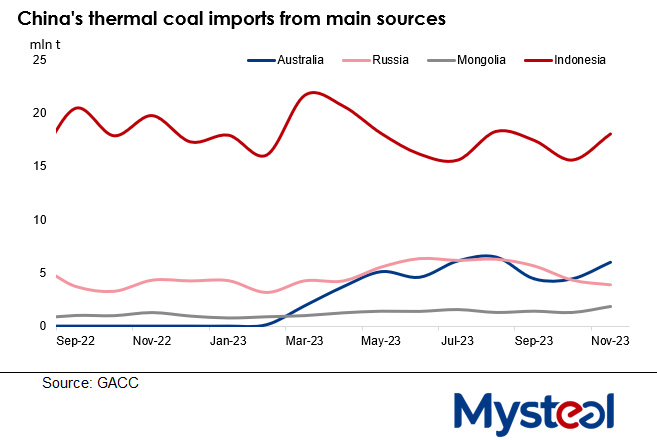
For 2024, Indonesia and Australia, still enjoying zero import tariffs under China’s new policy, are expected to further expand their market shares in China, Mysteel’s annual report predicted.
However, the two countries may also face sustained obstacles in lifting coal production this year due to coal mines’ meagre mining profit margins and adverse weather conditions, the report added.
Indonesian coal exports were disturbed last year as the launch of an E-RKAB work plan system by the country’s energy ministry (ESDM) delayed approvals to the revised RKAB output plans for producers. Besides, unusually wet weather conditions in both Indonesia and Australia also lowered coal availability for their main consumers in the world.

